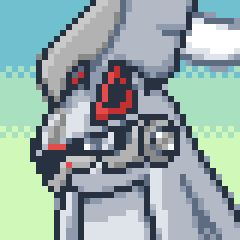Some choice quotes from the article:
[S]pent leaves that flutter to the ground aren’t a waste product. They are rich in carbon and play an essential role for the tree and the ecology it supports.
The leaves act as a physical barrier for soil, keeping it and its many microbes insulated, and also for the tree roots, as the wet mats of autumn leaves shelter the fragile top layer from the drying winds.
Many, many things live in these dead leaf layers: caterpillars of moths and butterflies, their chrysalises, beetles, centipedes, springtails, woodlice and spiders … and doesn’t the blackbird know it, rustling through the leaves?
No one loves wet autumn leaves more than earthworms, though. Sensing one of their favourite things, they start to work on incorporating them into the soil. Earthworms line their homes with autumn leaves, using them for bedding and then, because they are good housekeepers, they eat them as they break down.
Leave the leaves be: they are not a mess, a waste or a hindrance – they are life and vital with it.



It will be interesting. I cannot envision how leaving several inches of leaves on the lawn is a good idea. Leaving a lot of property just natural though. That may make sense.
I think “several inches” is a bit overwrought. It’s like one layer of leaves that will be mulched up the instant I mow next spring. And what is a “good idea”? What’s going to happen? Some grass might die. Oh noes, the world will end!
We need to rethink how we live in all respects. And not depleting lawns of nutrients that we have to replace with artificial fertilizer is part of that
We recently got a chip drop and cardboard/mulched the entire yard in prep for a more food and natives oriented lawn (and to kill the grass). The neighbors and family are incredulous, but the enormous earthworms we keep finding seem to enjoy it. When the leaves started falling we started mixing them with the mulch, even asked some neighbors for their bagged leaves.
I think they’ll understand better when it starts taking shape. And anyway, it’s not their lawn, who cares!
That was me last fall with my “trash and leaves pile” that is now a nice new garden with flowers and decorative grass
You need to add that to the previous comment. You sounded like a loon who thought that leaves wouldn’t do any damage if left on top of the grass to smother them. You will lose some grass and depending on how many leaves as well the temp and amount of rainfall, you could end up with a ton of dead grass. I cleared my leaves as soon as I could after they fell.
But you’ll be “the weird neighbor” if you don’t have perfectly green, trimmed and clean lawn!
Bonus!
Depending on how wind interacts with the location, many leaves are likely to end up congregating at boundaries like fences or walls or around taller garden elements like herbaceous perennials, shrubs, and trees. Smaller parcels with large canopy trees may run into this problem, but the aforementioned pattern plays out in our ⅒ acre poultry yard with several large deciduous trees overhead.